The past few years have been challenging for HVACR distributors and contractors. Constant regulatory changes have impacted nearly every aspect of the business, from refrigerants and energy efficiency standards to labor and trade policy, all of which have undergone significant shifts.
For many in the industry, it often feels as though the regulatory ground is constantly shifting beneath their feet.
But there is reason for cautious optimism. As we look ahead to the next few years, we anticipate a slowdown in the regulatory pace. While the current turbulence persists, we can see the path to clearer air as we complete the HFC transition, and deadlines to phase out the manufacture of certain equipment efficiencies approach.
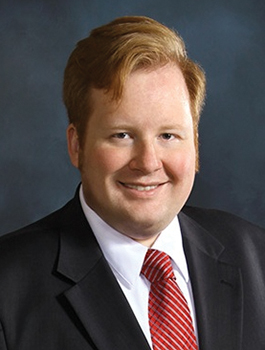
Stability for Now
We should be entering a time of stability. A stable regulatory landscape is a welcome change for our industry; distributors and contractors can focus on improving business operations and customer satisfaction, while OEMs can conduct the necessary research and development needed to innovate new technologies.
However, as we refocus on the core business of selling and servicing HVACR equipment, we must not be complacent about what I call two existing wildcards.
And the Wild Cards Are …
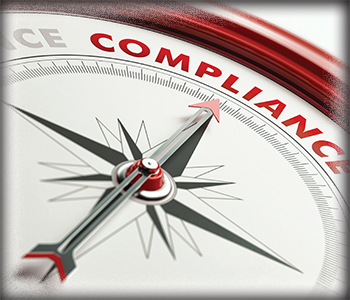
With a stable federal approach to regulation, the opportunity for state-level action remains significant. Driven by historical and political motivations, states such as California, New York, and Washington are progressing further than the federal government in terms of HFC policies and emissions reductions.
HARDI (The Heating, Air Conditioning, Refrigeration Distributors International) and the rest of the HVACR industry oppose state-level actions that create a patchwork of regulations to follow. Allowing a product to be legal in one state and prohibited in another complicates compliance and heightens uncertainty.
As an industry, we will continue to engage with states on how to shape policies that incentivize behavior rather than prohibiting specific classes of equipment.
In addition to state-level action, there is growing uncertainty on the international front as tariff policies become political bargaining tools that affect both domestic manufacturing and foreign relations. We anticipate that tariffs will play a significant role in the federal government’s policy agenda for the coming years.
Fortunately, an emerging consensus is forming across the HVACR supply chain, indicating that the regulatory cycle is shifting toward a period of greater stability.
Refrigerant Transition
The key refrigerant transition rules under the AIM Act are mostly finalized. The industry is deeply engaged in adopting A2L refrigerants despite ongoing issues with refrigerant availability. While the Environmental Protection Agency (EPA) is currently reconsidering aspects of the Technology Transition Rule, which sets the schedule for changing to new refrigerants used by equipment, we believe these changes are minor.
Click Below for the Next Page:


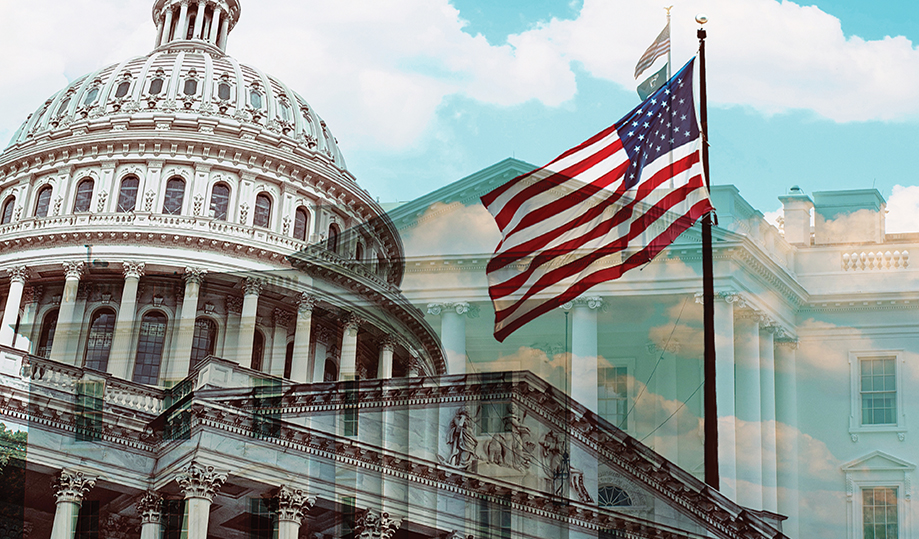

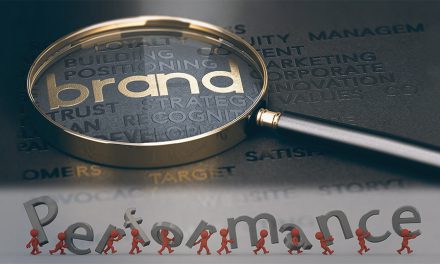

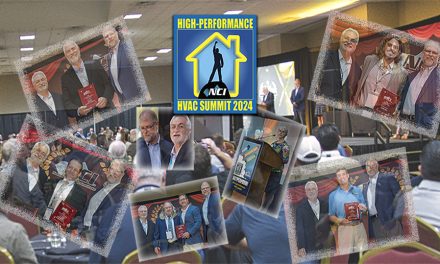
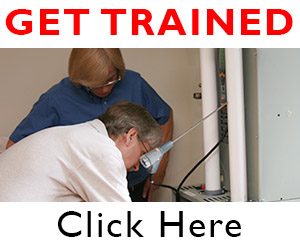




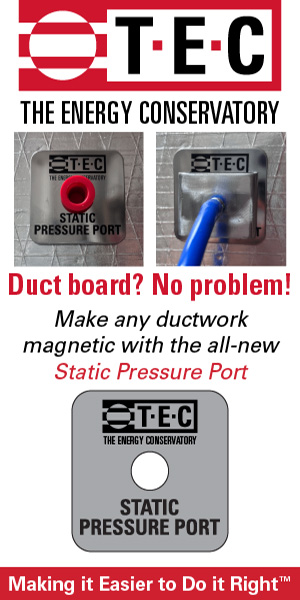
Recent Comments